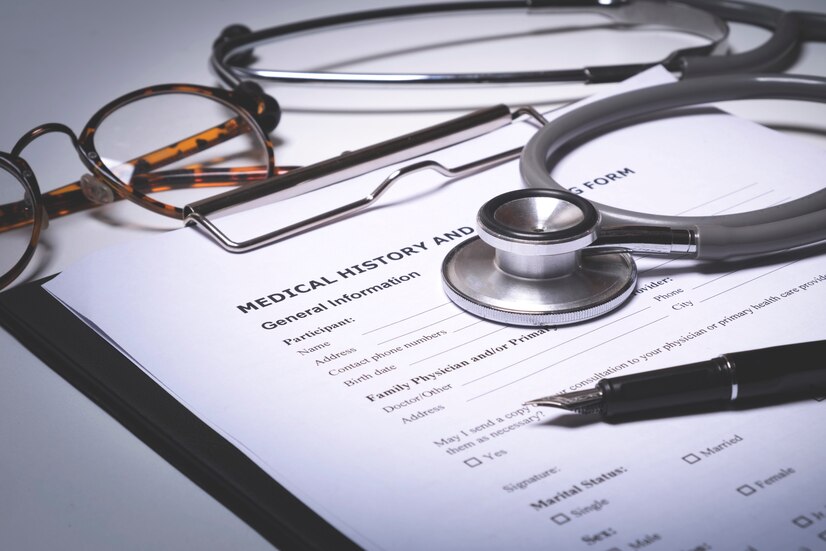How Personal Injury Directories Empower Individuals
An existence where accidents and unforeseen events are a sad reality, people frequently end up wrestling with the consequence of individual wounds. Whether it’s a fender bender, a work environment injury, or a slip and fall episode, the outcomes can be genuinely, inwardly, and monetarily overpowering. In such testing times, the significance of a complete Individual Physical Issue Registry couldn’t possibly be more significant. The meaning of an Individual Physical Issue Catalog and how it fills in as a critical device for people looking for equity and recuperation.
Understanding the Personal Injury Directory
A Personal Injury Directory serves as a vital resource, acting as a centralized hub that aggregates information relevant to individuals dealing with the aftermath of personal injuries. In essence, it’s a carefully curated compilation of professionals and services that can provide assistance and support during the challenging times that follow an accident or injury. This directory is designed to simplify the often complex and overwhelming process of seeking justice and recovery.
The critical element of such a registry is its inclusivity. It covers a range of administrations, going from lawful help to clinical consideration and consistent encouragement. By offering an all-inclusive resource for data and getting in touch, it tends to the diverse necessities of those impacted by private wounds. The general objective is to enable people to settle on informed conclusions about their way to recuperation.
Role of Personal Injury Lawyers

At the heart of any Personal Injury Directory are the listings of seasoned personal injury lawyers. These legal professionals are indispensable in navigating the intricate legal landscape that accompanies personal injury claims. A detailed directory entry for each lawyer typically includes information about their areas of expertise, experience, notable cases, and contact details.
Individual injury legal counselors assume a crucial part in upholding the freedoms of the harmed party. They evaluate the legitimacy of cases, haggle with insurance agencies for their clients, and, when essential, address them in court. The registry not only improves on the most common way of tracking down legitimate portrayals but also permits people to pick an attorney whose abilities and experience line up with the particular subtleties of their case.
Access to Medical Professionals
Beyond legal assistance, a well-structured Personal Injury Directory extends its reach to include information about medical professionals specializing in the treatment of various injuries. This section of the directory becomes crucial in connecting individuals with healthcare providers who possess a nuanced understanding of personal injury cases.
Comprehensive medical care is often a significant component of the recovery process. Postings in this segment incorporate insights concerning trained professionals, restoration focuses, and other medical services suppliers. This guarantees that people get quick clinical consideration as well as approach the continuous consideration and backing essential for full recuperation.
Rehabilitation Services and Support Groups

Recovery from a personal injury involves more than just medical treatment; it encompasses rehabilitation and emotional support. A robust Personal Injury Directory recognizes this and includes listings for rehabilitation services such as physical therapy, counseling, and support groups.
These resources contribute significantly to the overall well-being of the injured party. Rehabilitation services aid in restoring physical functionality, while support groups and counseling address the emotional and psychological aspects of recovery. By providing information about these services, the directory becomes a holistic guide, acknowledging the interconnected nature of physical and mental well-being.
Navigating Insurance Claims
Dealing with insurance companies is a formidable challenge, particularly for those unfamiliar with the intricacies of personal injury claims. A comprehensive Personal Injury Directory includes information about professionals who specialize in this aspect of the process, such as public adjusters.
Public adjusters play a crucial role in maximizing insurance settlements, ensuring that individuals receive fair compensation for their injuries and losses. By guiding individuals through the labyrinth of insurance processes, these professionals become essential allies in the quest for justice and financial restitution. The directory, in this regard, acts as a roadmap, helping individuals navigate the often complex and confusing terrain of insurance claims.
Empowering Individuals

The existence of a Personal Injury Directory is, at its core, an empowerment tool. In the aftermath of a personal injury, individuals may feel overwhelmed, confused, and disoriented. The directory transforms this sense of helplessness into a structured and accessible resource.
By centralising information, the directory enables individuals to make informed decisions about their recovery journey. It provides a sense of control and agency at a time when these qualities might feel elusive. Empowerment, in this context, comes from having a comprehensive guide that demystifies the various aspects of seeking justice and recovery, ultimately putting the individual back in the driver’s seat of their life.
Conclusion
A well-organised Personal Injury Directory is not just a list of contacts; it is a lifeline for those traversing the challenging terrain of personal injury claims. Its significance lies in its ability to simplify, guide, and empower. As the demand for such directories continues to grow, their role in facilitating access to justice and support for the injured becomes increasingly vital in our society. The directory, in essence, becomes a beacon of hope in times of distress, providing a roadmap for individuals to navigate the path to justice and recovery.

















